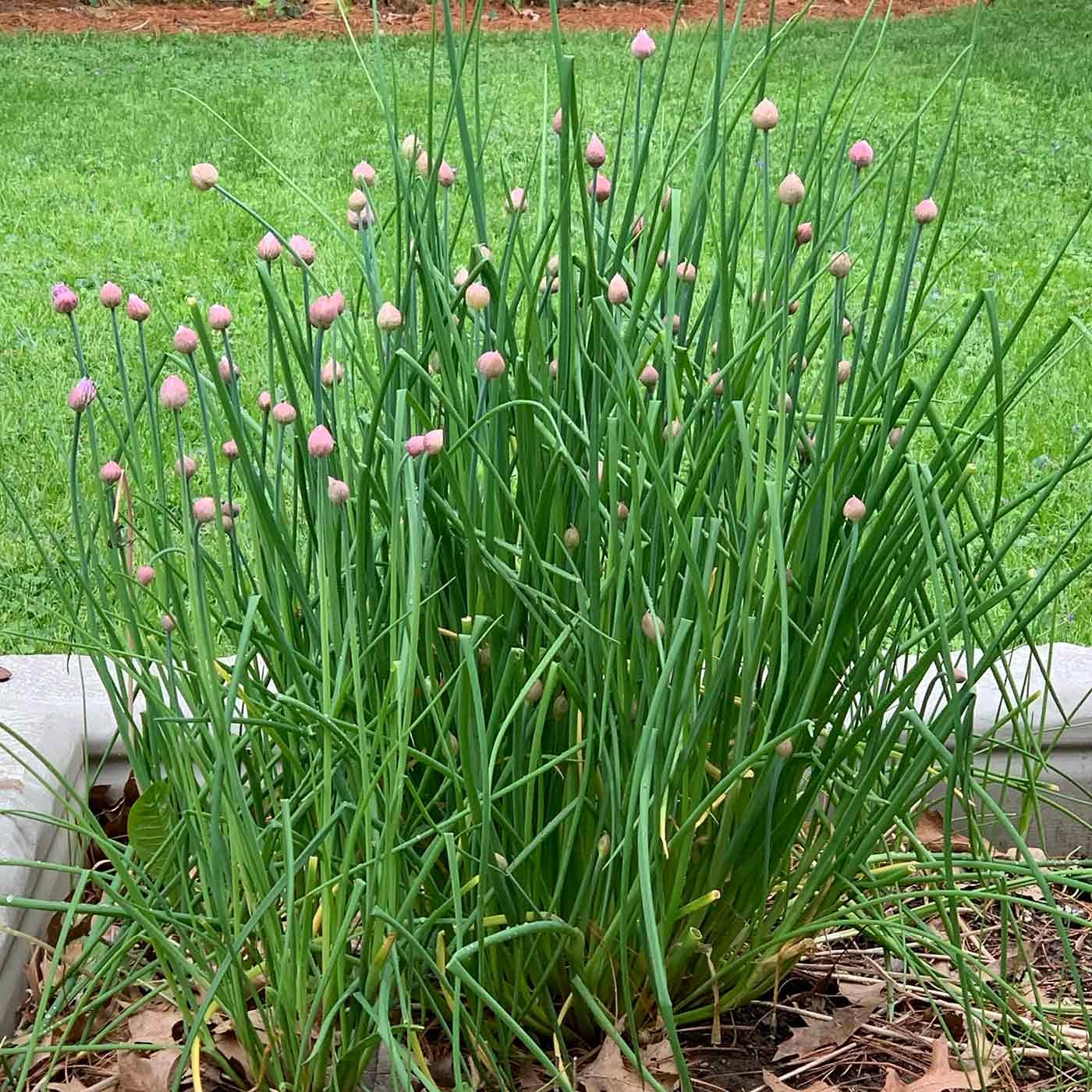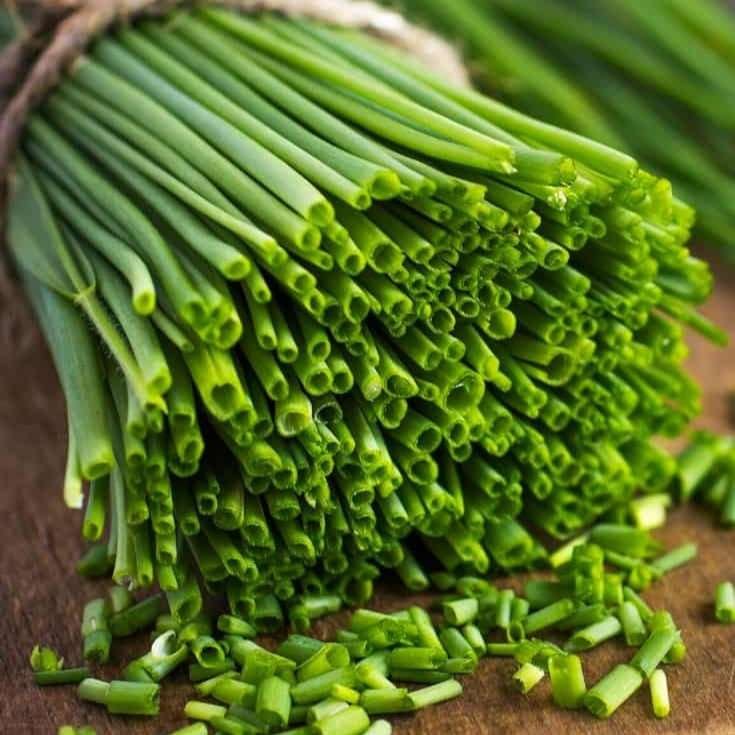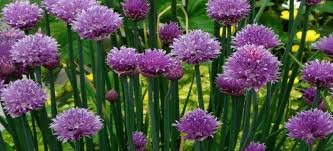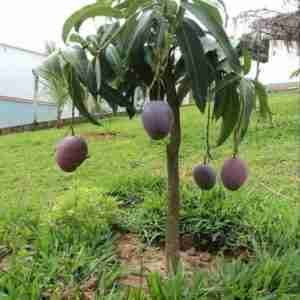Chives Herb Seeds
Chives Herb Seeds (Allium schoenoprasum) are a perennial herb closely related to onions, garlic, and leeks, known for their mild, onion-like flavor. They are a versatile culinary herb, and their grass-like, hollow leaves are widely used in salads, soups, and as a garnish. Here’s a guide on Chives Herb Seeds:
1. Germination and Planting of Chives Herb Seeds
- Soil: Chives thrive in well-drained, loamy soil with a neutral to slightly acidic pH (6.0–7.0). Adding compost can enhance soil fertility.
- Sowing: Chives can be started from seeds indoors about 6–8 weeks before the last frost or sown directly in the garden after the danger of frost has passed. They can also be grown in containers indoors year-round.
- Planting Depth: Sow the seeds shallowly, about 1/4 inch (6 mm) deep, and cover lightly with soil.
- Sunlight: Chives prefer full sun but can tolerate partial shade, especially in hotter climates.
- Spacing: After seedlings grow a few inches tall, thin them to about 6–8 inches apart, as chives grow in clumps and spread over time.
2. Growth and Care of Chives Herb Seeds
- Watering: Chives need moderate watering. Keep the soil consistently moist but not waterlogged, especially during dry periods. They are fairly drought-tolerant but will grow best when watered regularly.
- Fertilization: Chives are light feeders but benefit from occasional feeding with a balanced organic fertilizer or compost during the growing season to support healthy growth.
- Pruning: Regularly cutting back the leaves encourages new growth and keeps the plant bushy. Remove flower heads as soon as they appear if you want to prolong leaf production (though the flowers are edible and attractive).
3. Culinary Uses of Chives Herb Seeds
- Flavor Profile: Chives have a mild onion flavor, which makes them ideal for adding a subtle onion taste to dishes without overpowering them.
- Uses: Chives are used fresh in a variety of dishes, including:
- Salads: Chopped chives add a fresh, mild onion flavor to green salads, potato salads, and pasta salads.
- Soups and Stews: They can be sprinkled on top of soups and stews as a garnish, adding a burst of color and flavor.
- Egg Dishes: Chives pair perfectly with eggs, whether in omelets, scrambled eggs, or quiches.
- Baked Potatoes: A classic garnish for baked potatoes, often combined with sour cream and butter.
- Herb Butters and Sauces: Chives can be incorporated into compound butters, dips, and creamy sauces.
Chives are best used fresh, as their flavor diminishes when cooked or dried. They can be added to dishes at the end of cooking for maximum flavor impact.
4. Nutritional Benefits of Chives Herb Seeds
- Rich in Vitamins: Chives are an excellent source of vitamins A, C, and K. Vitamin A supports vision, vitamin C boosts immunity, and vitamin K is important for blood clotting and bone health.
- Antioxidants: Chives contain antioxidants like quercetin, which can help reduce inflammation and oxidative stress in the body.
- Low in Calories: Chives are very low in calories, making them a healthy addition to a variety of dishes.
5. Medicinal Uses of Chives Herb Seeds
- Digestive Health: Chives, like other members of the allium family, can help support digestive health by promoting healthy digestion and relieving minor stomach discomfort.
- Immune Support: The vitamins and antioxidants found in chives contribute to overall immune function.
- Heart Health: Chives may support cardiovascular health by promoting healthy blood pressure levels due to their mild diuretic properties.
6. Harvesting
- When to Harvest: Chives can be harvested once they reach about 6 inches in height. It’s best to harvest early in the morning when their essential oils and flavor are most concentrated.









Reviews
There are no reviews yet.